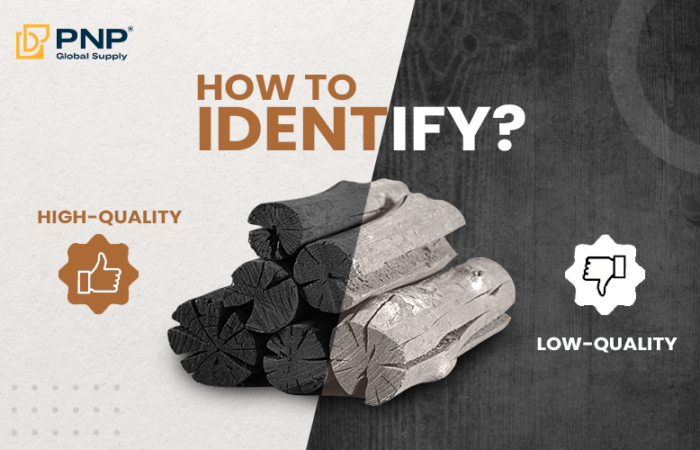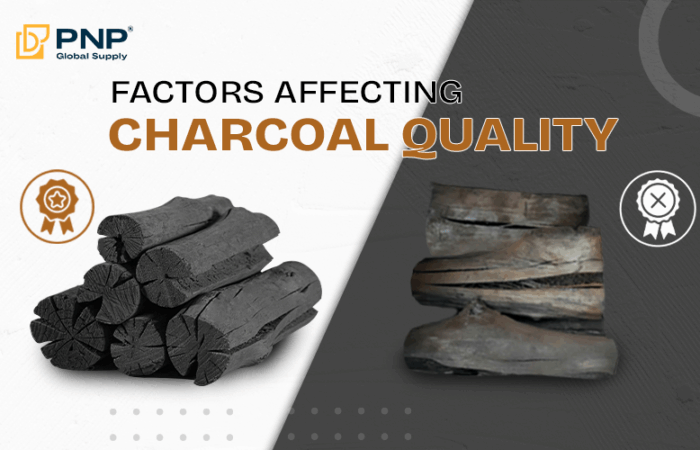Recycle charcoal is an excellent way to extend the usefulness of this resource while minimizing waste. For centuries, charcoal has supported various activities such as cooking, heating, and even art. Today, it is primarily known for its role in grilling and barbecues, providing a consistent and efficient heat source. However, after a cookout or fire, many people discard unused or partially burned charcoal without realizing its potential for reuse.
Rather than disposing of it, recycle charcoal can serve multiple purposes, from enhancing garden soil and purifying water to acting as a natural deodorizer. This practice not only reduces unnecessary waste but also helps cut costs and promotes environmentally friendly habits. In this article, we will explore the best ways to recycle charcoal effectively and sustainably.
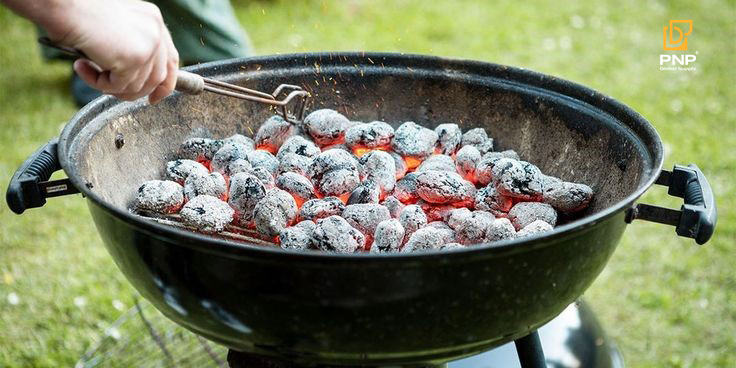
Why Should You Recycle Charcoal?
Saving Resources
Partially burned charcoal, often called charcoal remnants or biochar, still contains significant energy and can be reused for various applications. Discarding it after one use is wasteful, especially when its potential for reuse is vast. By recycling charcoal, you can maximize the utility of this resource and extend its lifespan.
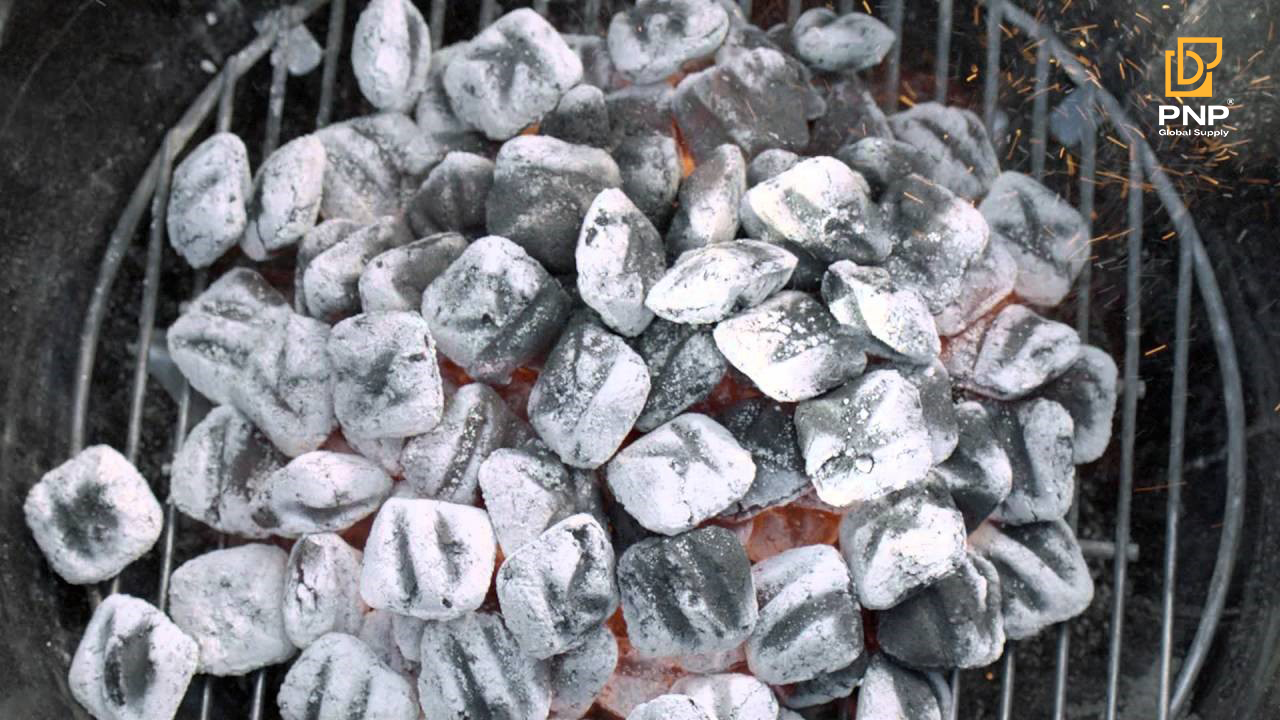
Environmental Protection
Charcoal production and disposal have environmental consequences, including deforestation and greenhouse gas emissions. By repurposing leftover charcoal, you can reduce the demand for new production and minimize landfill waste. Additionally, this practice can decrease the air pollution caused by unnecessary burning of waste materials.
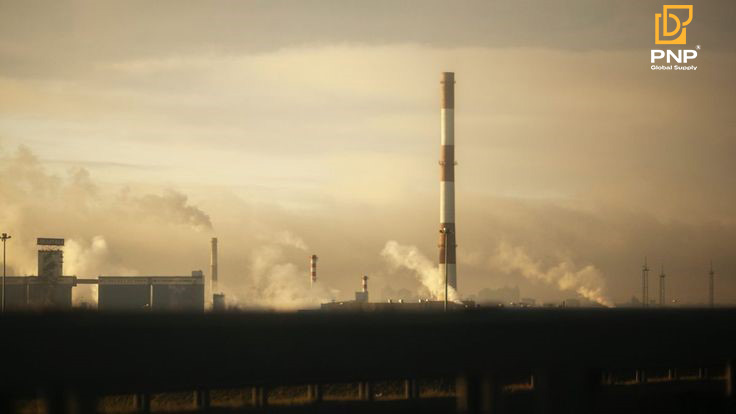
Economic Benefits
For frequent charcoal users, such as home cooks, restaurant owners, or barbecue enthusiasts, recycling leftover pieces translates to significant cost savings. Businesses, in particular, can reduce operational costs by adopting strategies to repurpose charcoal, making it an economically wise choice.

Practical Ways to Recycle Charcoal
Enhancing Garden Soil
Leftover charcoal can significantly improve soil quality and promote healthy plant growth. Known as biochar in agricultural contexts, charcoal enhances soil structure, retains moisture, and supports beneficial microorganisms.
- Benefits for Soil: Crushed charcoal improves aeration and moisture retention while preventing nutrient leaching. It also creates a hospitable environment for microorganisms essential for plant health.
- How to Use: Crush the leftover charcoal into small pieces using a hammer or mortar and pestle. Mix the crushed charcoal with compost or directly into the soil. This mixture is particularly effective for potted plants, flower beds, and vegetable gardens.

Natural Deodorizer
Charcoal’s porous structure makes it an excellent natural deodorizer, capable of absorbing odors and excess moisture.
- Applications: Place dry pieces of charcoal in odor-prone areas like refrigerators, closets, shoe racks, or gym bags. It also works well in bathrooms to maintain a fresh atmosphere.
- Tips: Ensure the charcoal is completely dry before using it. Replace it every few weeks for optimal odor absorption. For larger spaces, use more charcoal pieces to cover the area effectively.
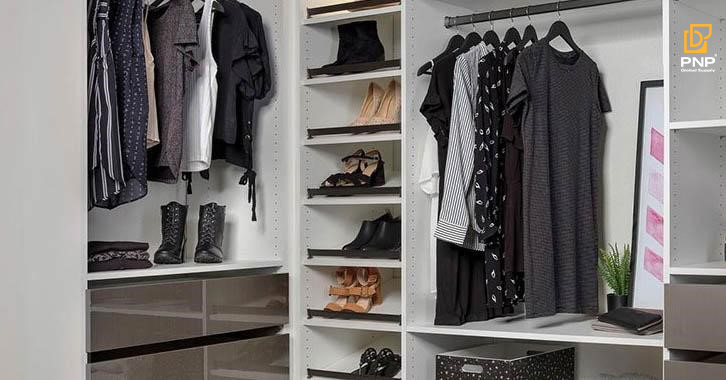
Water Filtration
Charcoal is widely known for its ability to purify water by trapping impurities. Although leftover charcoal isn’t as refined as commercial activated charcoal, it can still serve basic filtration needs.
- Benefits: Charcoal can remove dirt, sediment, and some toxins, making it useful for improving water quality.
- How to Reuse: Grind the leftover charcoal into smaller pieces and layer it in a container with sand and gravel. Pour water through this DIY filter to remove impurities. While not suitable for potable water, this method is ideal for tasks like cleaning or irrigation.
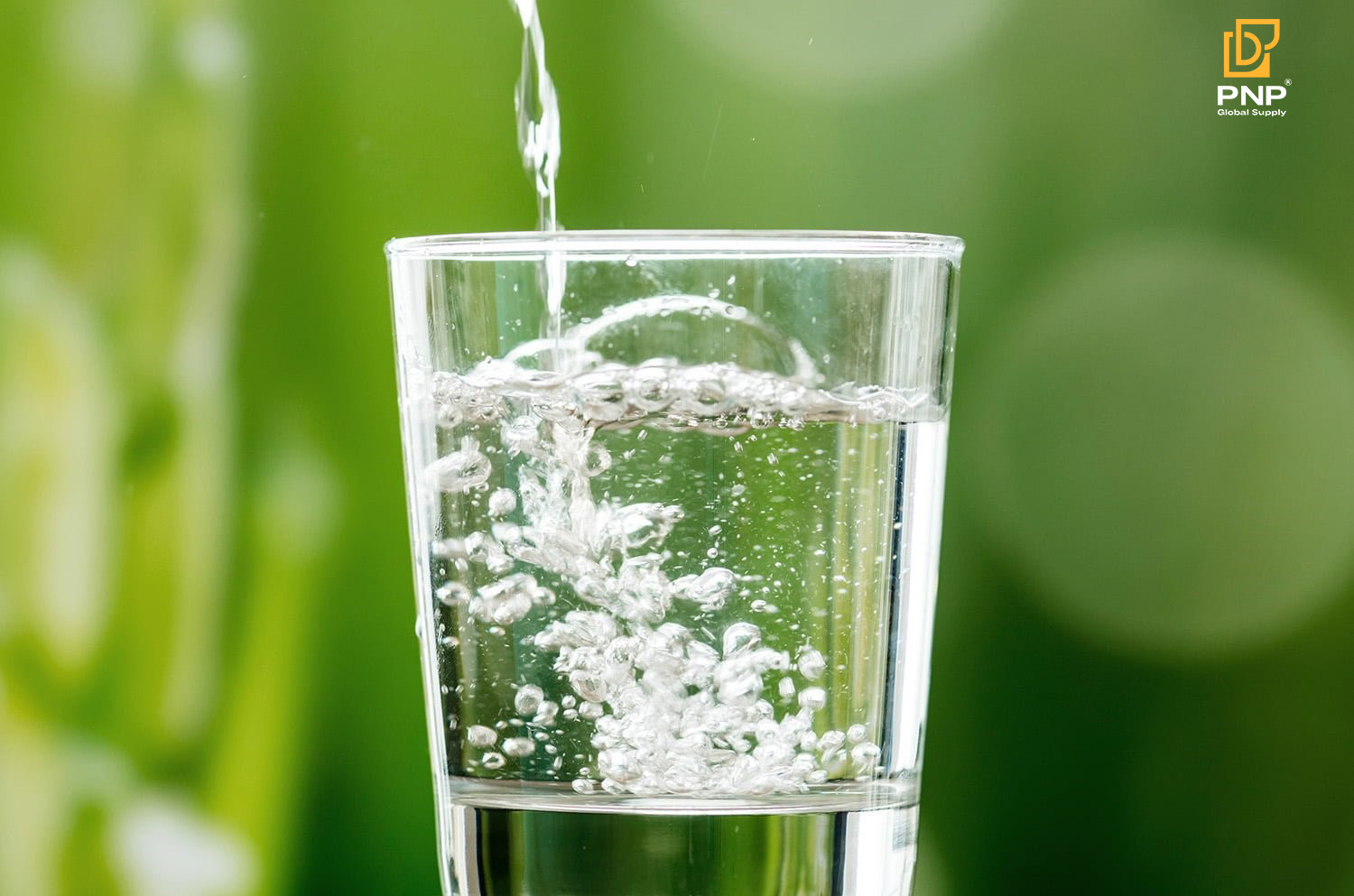
Reuse in Grilling
Charcoal that hasn’t completely burned can be reused for subsequent grilling sessions.
- Preparation: Collect reusable pieces after each use and store them in a dry, airtight container. Inspect the pieces to ensure they are free from food residue or chemicals.
- How to Use: Mix recycled charcoal with fresh charcoal during your next grilling session to achieve a steady heat source while reducing waste. Use a chimney starter for safe and efficient ignition.
White charcoal and sawdust charcoal are two types that can be reused. After grilling, you can store and preserve them for your next grilling session.
You can find more information about white charcoal and sawdust charcoal on pnpcharcoal
Artistic and Decorative Uses
Charcoal’s texture and natural appearance lend themselves to creative and decorative applications.
- Ideas: Larger pieces of charcoal can be used as decorative elements in terrariums or planters. Artists can crush charcoal to create pigment for sketches and shading. Additionally, charcoal can be incorporated into DIY projects like rustic ornaments or natural jewelry.
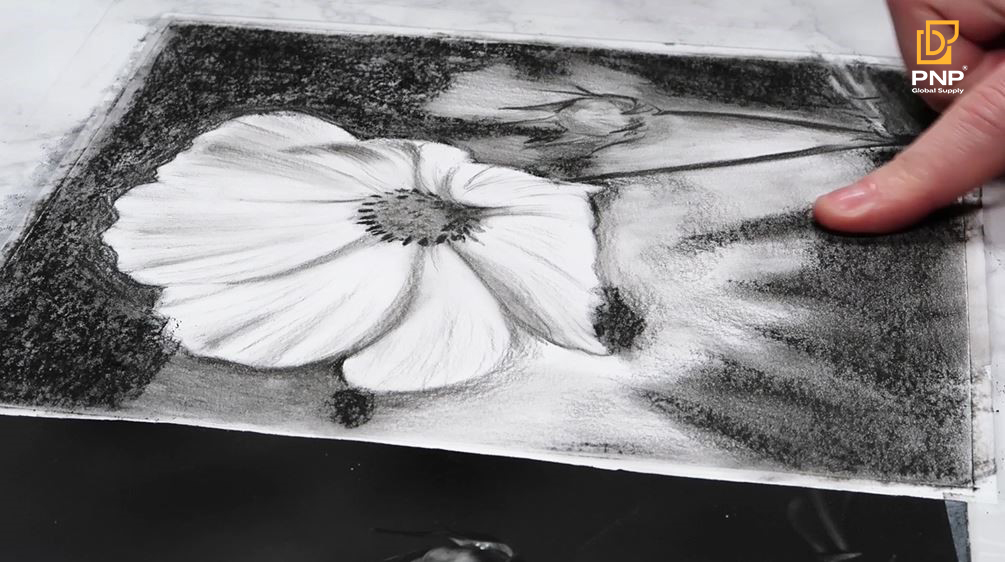
For more information on the various applications of charcoal in today’s life, you can refer to the article Applications of Charcoal in Today’s Life
Tips and Precautions for Recycling Charcoal
Choose Safe Charcoal
Not all charcoal is safe for recycling. Avoid using charcoal that has been exposed to lighter fluid, chemicals, or toxic substances. These contaminants can pose health risks and environmental hazards.
Store Properly
To maintain the quality of leftover charcoal, store it in a cool, dry place. A metal container with a tight lid is ideal, as it prevents moisture, pests, and accidental combustion.
Separate Ashes
Charcoal that has burned down to fine ash is not reusable. Separate these ashes from partially burned pieces. While small amounts of ash can be added to compost, large quantities may alter soil pH and should be disposed of carefully.
Conclusion
Recycling charcoal is a simple yet impactful way to save resources, reduce waste, and adopt a more sustainable lifestyle. Whether you use it for gardening, water filtration, deodorizing, or artistic purposes, the benefits are both practical and environmental. By extending the life of your charcoal, you can minimize costs while contributing to resource conservation.
The next time you light your grill or fireplace, think twice before discarding the remnants. With a bit of creativity and effort, leftover charcoal can be transformed into a valuable resource. If recycling isn’t feasible, ensure proper disposal to minimize environmental harm. Together, we can make small changes that lead to a greener and more sustainable future.
________________________________
Contact us for more information
Facebook: PNP Charcoal
Instagram: PNP Charcoal
Email: info@pnpglobalsupply.com

